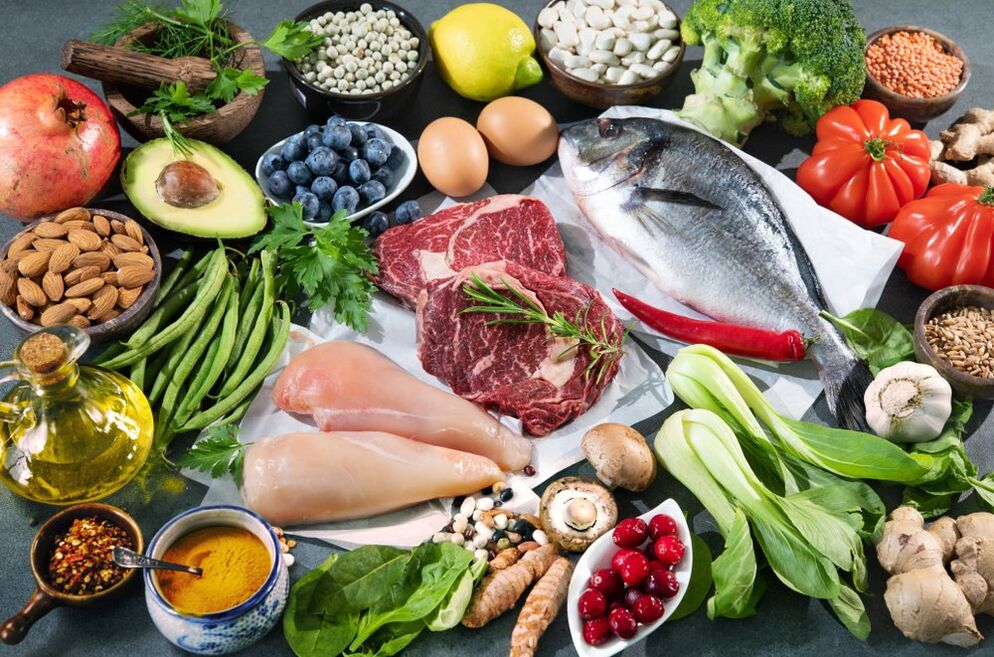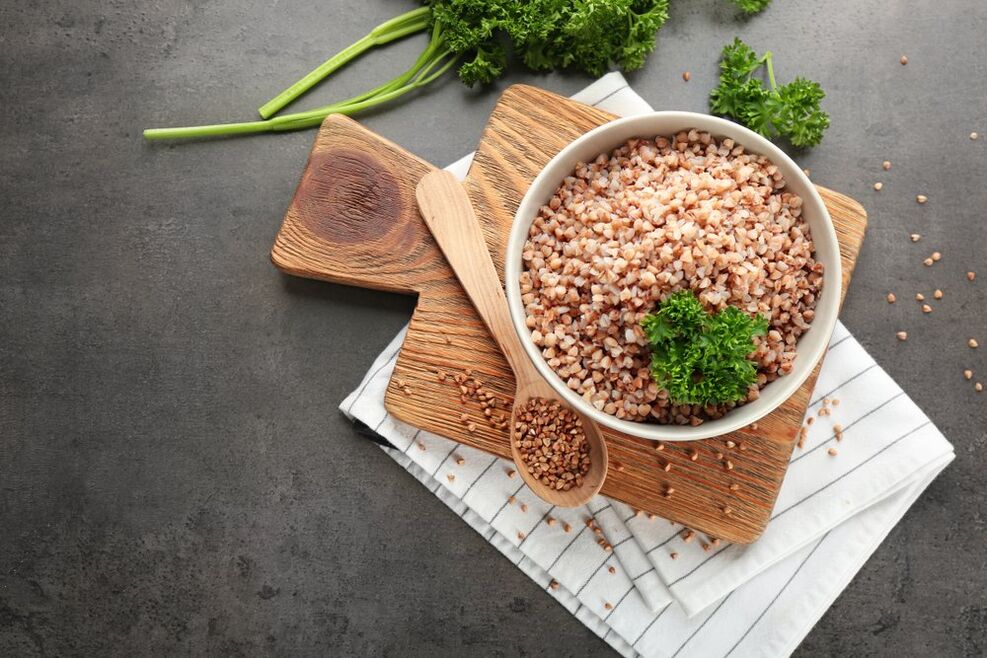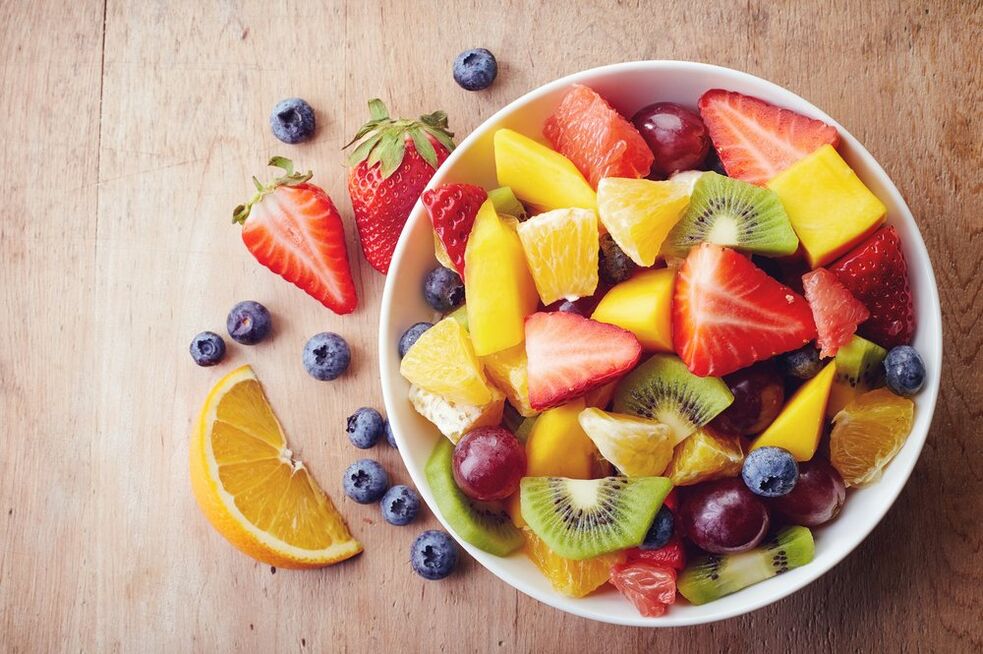The beautiful diet called "6 Petals" is a specifically slimming method developed by Swiss nutritionist Anna Johansson and listed by the officially recognized European Nutrition Association. A special feature of the 6-petal diet is that, according to its developers, it allows you to achieve fast results in a relatively short time. Let’s figure out what the "6 petal diet" really is that effective, and what do we need to do in order to lose those extra pounds?
Weight loss in six days: the six petal diets
The popular Six Petal Diet was developed by Swedish nutritionist Anna Johansson. It is based on the principles of a separate diet and consists of six mono-diets, meaning that the menu should contain only one type of food each day. The diet is designed so that the so-called protein days alternate with the carbohydrate days, which, according to the nutritionist, helps to get rid of excess pounds as soon as possible. The main condition is that with this method of weight loss, the order of the daily menu as well as the order of mono-diets cannot be changed.
Why the 6 Petals Diet? Everything is quite simple: before starting the observation, the author suggests drawing 6 petals, marking each stage of the diet, and making a flower out of them, and then tearing them off every day as we move towards the cherished goal. According to the author, this will help the motivating person to lose weight: getting rid of the next petal every day, he can clearly see which section of the road they have already gone through and how much is still ahead of us.
The basic rules of the petal diet

Every weight loss technique has its own rules. The six petal diets are no exception:
- meals should not be less than four, with breaks in between not exceeding four hours. The best solution is two breakfasts (after some time), lunch, afternoon tea and dinner (preferably no later than six o'clock in the evening);
- food consumed must be chewed thoroughly. It helps to enrich and improve the digestive process with enzymes;
- adhere to the drinking system. You can drink plain water (at least one and a half liters a day) and unsweetened green tea. It is forbidden to drink while eating, it is better to do it half an hour before or after a meal;
- the amount of salt consumed on one day of the menu should not exceed 5 g, which is about two-thirds of a teaspoon. You can use fresh or dried herbs as a spice.
During the diet, six petals should be given up:
- bakery products of all kinds, except a few slices of wholemeal bread per day;
- all types of confectionery, including shops and homemade confectionery, preserves and jams, chocolate and all other products with a high sugar content;
- butter and vegetable oils;
- canned, smoked and fried foods, prepared semi-finished products, fast food restaurants;
- all kinds of coffee, sweet carbonated drinks, compotes, jellies, store-packed juices. On the last day of the diet (fruit) you can indulge in some freshly squeezed juice.
And the last rule: every day to lose weight, the menu should not include products that do not belong to the selected group.
Advantages and disadvantages of weight loss with the method of separate nutrition

The advantage of a petal diet is that:
- it helps you lose a few pounds in just a week;
- alternating monodiets is easier to transfer than, for example, one that needs to be observed for several days;
- frequent meals help the losing person not to feel hungry.
This technique is not without drawbacks, namely:
- such a rigid diet, like any other mono-diet, is stressful for the whole body. Some products get in excess, while others are clearly not enough, in other words - the balance of nutrients is disturbed;
- non-compliance with personal taste preferences. For example, some people don’t like fish and have to eat it all day. It’s a kind of psychological stress;
- the effectiveness of separate feeding has not been fully demonstrated. It’s like the placebo effect: if a person thinks a diet helps them become slimmer, it can work. He doesn’t believe it - he risks getting into experiment participants who didn’t help lose weight separately. Incidentally, scientists at the Weizmann Institute in Israel conducted a study that found that different people’s organisms may react differently to different foods. Accordingly, the outcome of dieting may be different;
A study of the direct effects of dietary ingredients on the human body was also conducted in 2016 by scientists at the University of Colorado.
but the main disadvantage of an express diet is that such a technique cannot change a person’s attitude towards food. It can help you lose pounds, but it doesn’t eliminate the cause of their appearance.
6 petal diet daily menu

If you start the weight loss process on Monday, it could be:
- Monday: fish menu
On the first day, the diet should contain only fish. Seafood can be cooked, baked or steamed. To improve the taste, it is permissible to add small amounts of herbs or natural spices. Pleasant moment - the use of fatty fish is allowed.
The menu for any day of the diet should include the first and second breakfasts, lunches, afternoon teas, and dinners (hereinafter referred to as numbers).
So Monday:
- cooked fish;
- oven cooked fish;
- fish soup without vegetables with little green;
- steam fish;
- cooked crab or seafood (squid, shrimp).
- Tuesday: vegetables
Like fish, vegetables can be cooked and steamed in the oven as well as cooked. Do all this without butter, cream and other products that make the food tastier.
Menu:
- Boiled potatoes and shredded white cabbage.
- Broccoli or cauliflower from a double boiler (both types of cabbage can be combined in one dish). Vegetable stew cooked without oil. You can make greens.
- Roasted pumpkin slices or crushed celery root. You can add fresh vegetables - carrots, cucumbers, peppers.
- Roasted vegetables. The dish is varied with fresh vegetables such as cabbage or carrots.
- Wednesday: chicken meat
The middle of the diet is often the hardest, both physically and mentally. Protein helps prevent apathy from disrupting your diet plans.
Sample menu for the day:
- Boiled breast fillet.
- Oven-baked skinless drumsticks.
- Chicken soup (drain the first broth) without adding vegetables to meat and herbs.
- Steamed chicken legs without skin.
- Boiled breast on the bone (remove the skin).
- Thursday: cereals
On this day, all kinds of oil-free cereals are allowed in water.
Menu for the fourth day:
- Stewed buckwheat, prepared in the evening.
- Rice porridge.
- Millet porridge.
- Cereal.
- Buckwheat porridge.
- Friday: cottage cheese
The daily diet should include only cottage cheese and a glass of low-fat milk.
Recommended menu:
- Low fat cottage cheese without any additives.
- Salted cottage cheese.
- Cottage cheese and half a glass of low-fat milk.
- Pure cottage cheese.
- Cottage cheese and milk residue.
- Saturday: Fruit Day
Only fruit is allowed on this day, ideally raw.
Menu:
- One banana (large).
- Apples and citrus fruits.
- Banana or kiwi.
- Any fruit (preferably in seasonal and reasonable quantities).
- Grapefruit.
On this day, in addition to water and unsweetened green tea, you can treat yourself to fresh juice.















































































